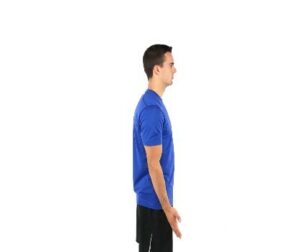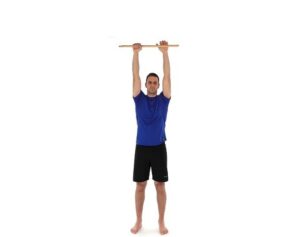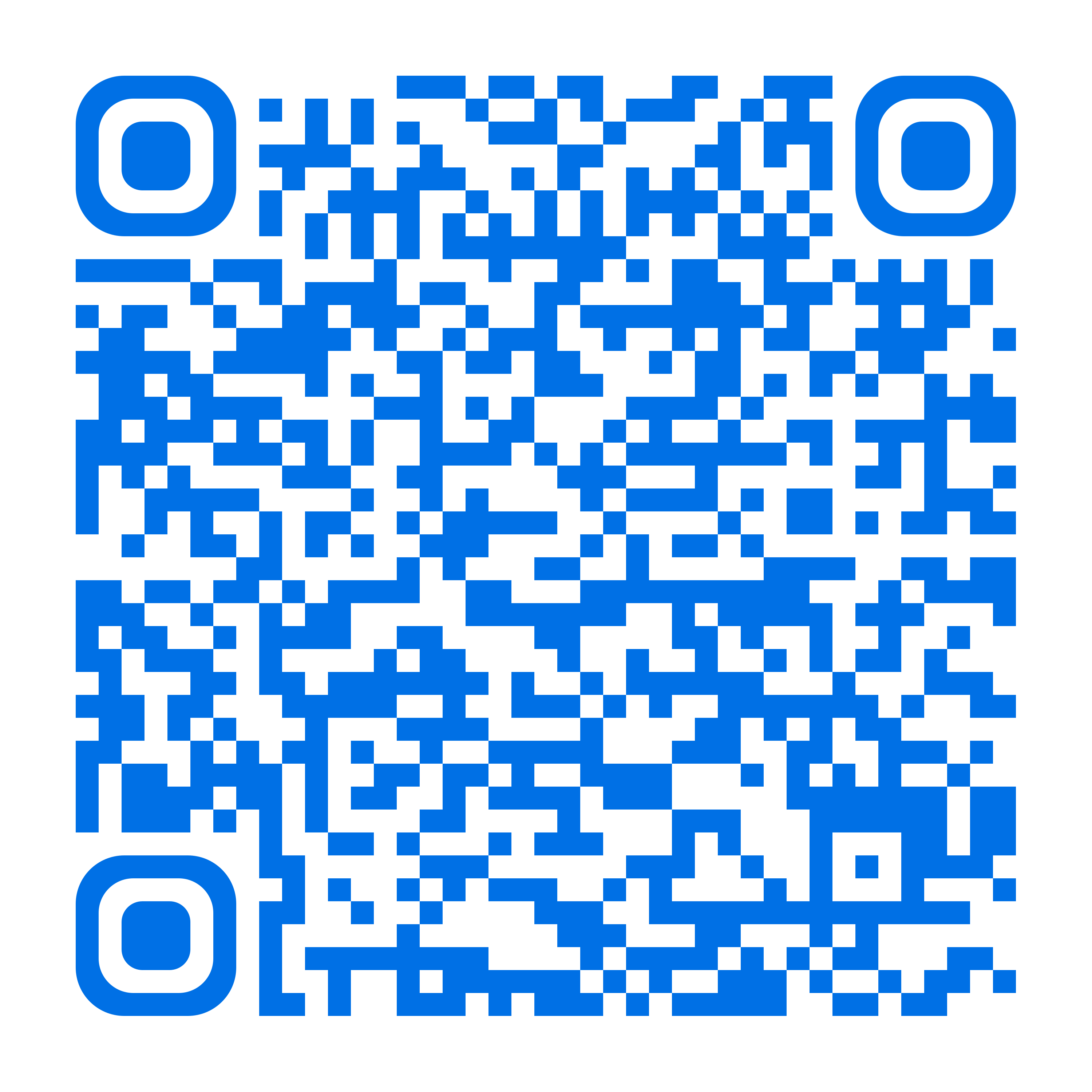- Reference Number: HEY-1290/2022
- Departments: Orthopaedics, Paediatrics
- Last Updated: 1 May 2022
Introduction
This leaflet has been produced to give you general information about your child’s injury. We understand you may not have seen a clinician face to face in fracture clinic however, most of your questions should be answered by this leaflet. If after reading it, you have any concerns or require further explanation, please do not hesitate to contact the fracture clinic team. Contact details are available at the end of this leaflet.
What is a fracture of the distal radius?
The x-rays your child had following their injury show that they sustained a broken radius or wrist bone. A broken bone may also be referred to as cracked or fractured – these terms mean the same thing.
Your child’s fracture is not displaced, meaning it is in a good position and should heal well if the advice below is followed.
How should it be treated?
This injury can be treated in a removable cast or wrist splint for 4 weeks, both these types of immobilisation will provide the support needed for the fracture to heal.
We advise that the splint or cast provided is not removed until the 4 weeks. It has been made removable so that after this time period it can be removed without requiring a further fracture clinic review.
Your child can go to school with the cast or splint in place. They should not take part in any physical education (PE), sport or rough activities for a further 3 weeks after the cast or splint has been removed. Care should also be taken whilst riding bikes and scooters.
What should may child do in the first few days?
Complete rest is not advisable. Whilst in the cast or splint, it is important your child tries to use their hand as normal when doing everyday tasks like washing, dressing and eating. However it is important the cast does not become wet so please take steps to avoid this.
Arm exercises are very important. Your child should be encouraged to move their shoulder, elbow, hand and fingers as soon as they can. The exercises below can be performed 4 times daily.
- Support your elbow on a table with your wrist straight and fingers pointing towards the ceiling.

Bend your fingers into your palm as tightly as you can. Hold the stretch 10 seconds.
Now stretch your fingers as wide as you can. Hold the stretch for 10 seconds.
2. Remove the arm from the sling and straighten it down by your side.


Now bend the elbow as much as possible.
Repeat 10 times slowly in each direction
3. Bend your elbow and tuck it into your side.

Turn your palm as far as possible upwards without moving your elbow. Feel the stretch and hold for 10 seconds.
Now turn your hand back over so your palm faces downwards, feel the stretch and hold for 10 seconds.
4. Shoulder flexion

Hold a long stick in both your hands.
Allow your unaffected arm to help your affected arm lift forward and upward as high as possible.
In the early stages, you may find this easier laid down.
If your child has swelling in their wrist or hand advise them to sit on a chair and place their elbow on cushions so that it is level or slightly higher than their shoulder. In this position, ask them to point their hand towards the ceiling and open and close their hand slowly for 10 minutes. This will help to reduce any swelling.
What exercises should I do once the cast or splint has been removed?
Many children often get back to normal without the need for specific exercises. If, however, you notice your child is not moving the wrist fully the exercises will help encourage them to regain full function, flexibility and strength.
1. Rest your forearm on a table with your hand over the edge. Using your wrist only, move your hand down towards the floor.

Hold the stretch for 10 seconds.
Now move your hand towards the ceiling. Repeat 10 times each direction.
2. Sit with your elbow tucked in by your side, fingers straight and your thumb upper most. Now keeping your thumb upper most move your fingers down towards the floor. Hold 10 seconds

Next move your fingers back up towards the ceiling, keeping your elbow still. Hold 10 seconds.
Movement should occur at the wrist only.
3. Bend your elbow and tuck it into your side.

Turn your palm as far as possible upwards without moving your elbow. Feel the stretch and hold for 10 seconds.
Now turn your hand back over so your palm faces downwards, feel the stretch and hold for 10 seconds.
4. Support your elbow on a table with your wrist straight and fingers pointing towards the ceiling.

All photos with kind permission of ©Physiotec™
Bend your fingers into your palm as tightly as you can and feel them stretching. Hold the stretch 10 seconds.
Now stretch your fingers as wide as you can and feel them stretching. Hold the stretch for 10 seconds.
Each exercise should be practiced 10 times, 3 to 4 times per day. Your child may experience more discomfort when they start the exercises, however this is normal and does not mean they should stop. If their symptoms remain worse for more than two hours after the exercises, then they should decrease the number of each exercise that they do and build up again slowly.
When can my child start increasing their activity?
Repetitive wrist and hand movements and lifting objects heavier than a cup of water should be avoided to begin with. However, as your child’s movement improves and pain reduces, little by little they can increase the amount of weight that they are able to lift. Progressing quickly from lifting a cup of water to a heavy school bag for example would not be advisable, as is likely to result in overloading of the soft tissue and could consequently lead to a delay in recovery.
If your child participates in an active hobby then it is advisable that they do not return to this until they have full strength and full range of movement.
If they play a sport, they can practice sports specific activities; like throwing or catching. Build up these exercises gradually from around 6 weeks, in order to help regain strength and flexibility, before returning to full training sessions and competition.
Does my child require a follow up?
Your child does not require a follow up appointment and they have been placed on a Patient Initiated Follow up (PIFU) pathway. This means they will not have another appointment to be seen in fracture clinic.
If, however they have any problems or further queries relating to this injury within the next six weeks, you can contact us on 01482 674378 during clinic hours 9.00am – 4.30pm Monday to Friday. Please do not choose an option and when prompted leave a message if there is no answer and we will aim to get back to you within the same working day. After six weeks your child will be discharged and should seek advice from your GP.
This leaflet was produced by the Orthopaedic Department, Hull University Teaching Hospitals NHS Trust and will be reviewed in May 2025
General Advice and Consent
Most of your questions should have been answered by this leaflet, but remember that this is only a starting point for discussion with the healthcare team.
Consent to treatment
Before any doctor, nurse or therapist examines or treats your child, they must seek your consent or permission. In order to make a decision, you need to have information from health professionals about the treatment or investigation which is being offered to your child. You should always ask them more questions if you do not understand or if you want more information.
The information you receive should be about your child’s condition, the alternatives available for your child, and whether it carries risks as well as the benefits. What is important is that your consent is genuine or valid. That means:
- you must be able to give your consent
- you must be given enough information to enable you to make a decision
- you must be acting under your own free will and not under the strong influence of another person
Information about your child
We collect and use your child’s information to provide your child with care and treatment. As part of your child’s care, information about your child will be shared between members of a healthcare team, some of whom you may not meet. Your child’s information may also be used to help train staff, to check the quality of our care, to manage and plan the health service, and to help with research. Wherever possible we use anonymous data.
We may pass on relevant information to other health organisations that provide your child with care. All information is treated as strictly confidential and is not given to anyone who does not need it. If you have any concerns please ask your child’s doctor, or the person caring for your child.
Under the General Data Protection Regulation and the Data Protection Act 2018 we are responsible for maintaining the confidentiality of any information we hold about your child. For further information visit the following page: Confidential Information about You.
If you need information about your child’s (or a child you care for) health and wellbeing and their care and treatment in a different format, such as large print, braille or audio, due to disability, impairment or sensory loss, please advise a member of staff and this can be arranged.

